Oaks are wonderful, majestic trees, enlivening the soul and igniting the imagination.
They can live for more than a thousand years and support more wildlife than any other tree in the UK (well over six hundred different species of insects, lichen, birds and mammals).
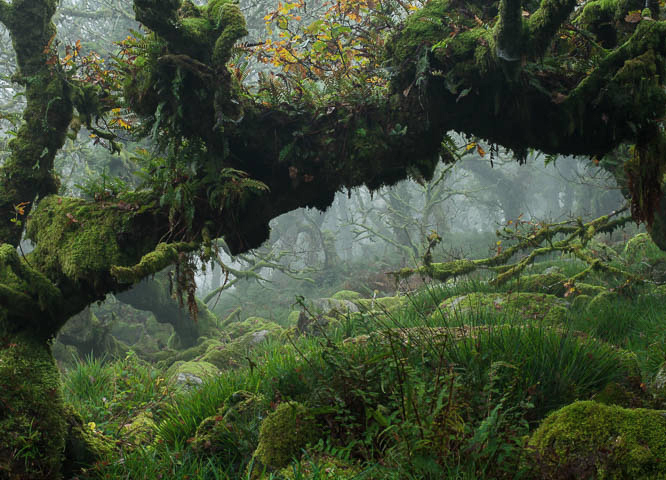
The oak is more likely to be struck by lightning than any other of the same height. There are various theories on why this is the case; their deep central root, the quality of the loamy, sandy soil in which oaks like to grow, and the many hollow, water filled cells that run through the oak’s Cambium – the inner bark of the trunk.
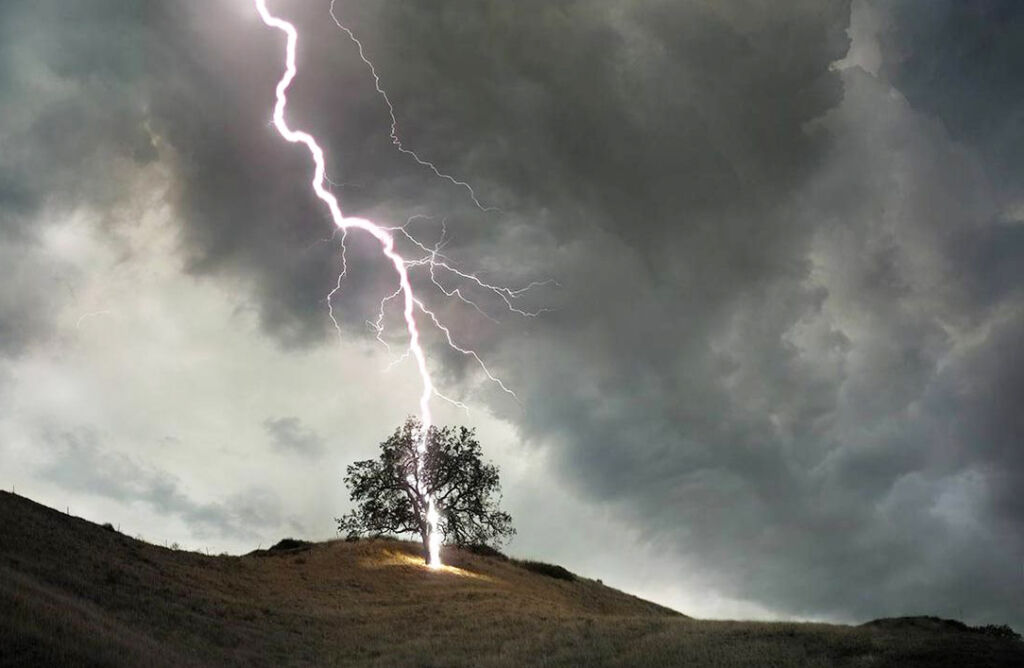
This may be part of the reason why the tree is intimately connected with various gods of thunder such as Zeus, Taranis and Thor. Tree sap, a poor conductor of electricity, transforms into steam when lightning strikes, causing splinters of bark to explode off the oak. For Norse men and women, this was nothing other than Thor striking his fabled hammer, Mjǫllnir, down through the sky and into the oak. No surprise that they called the oak ‘Thor’s Tree’.
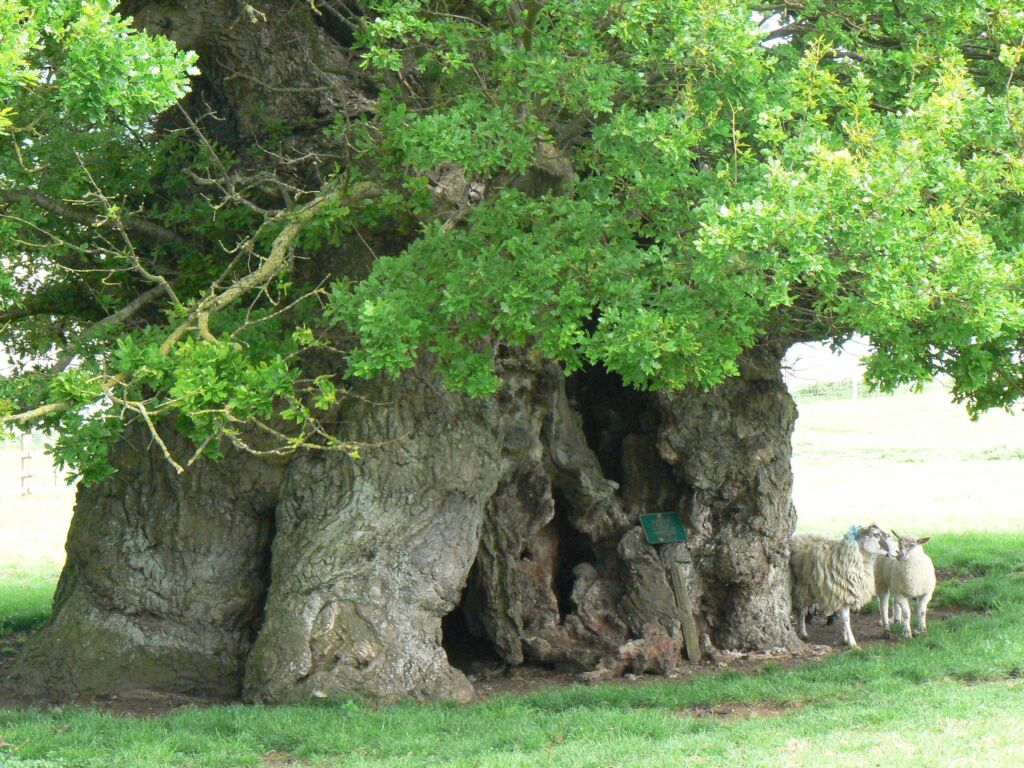
In the North East, our very own river Derwent holds an ancient link to the Oak, its name in Celtic meaning ‘oak river’. The druids, whoever they were, most likely had a tightly woven relationship with the oak, and with oak forests, since the word ‘druid’ itself literally means Oak-Knower (duir, being the Sanskirt root word for ‘oak’, and the Indo-European ‘wid’ meaning ‘to know’). Duir is also the source of the word ‘door’, suggesting that the oak tree is doorway into deeper knowledge, or perhaps, to some, a gateway into the ‘otherworld’. Whether this ‘otherworld’ is an altered state of perception – a different way seeing – or a science confounding literal other world, we will leave for you to decide.
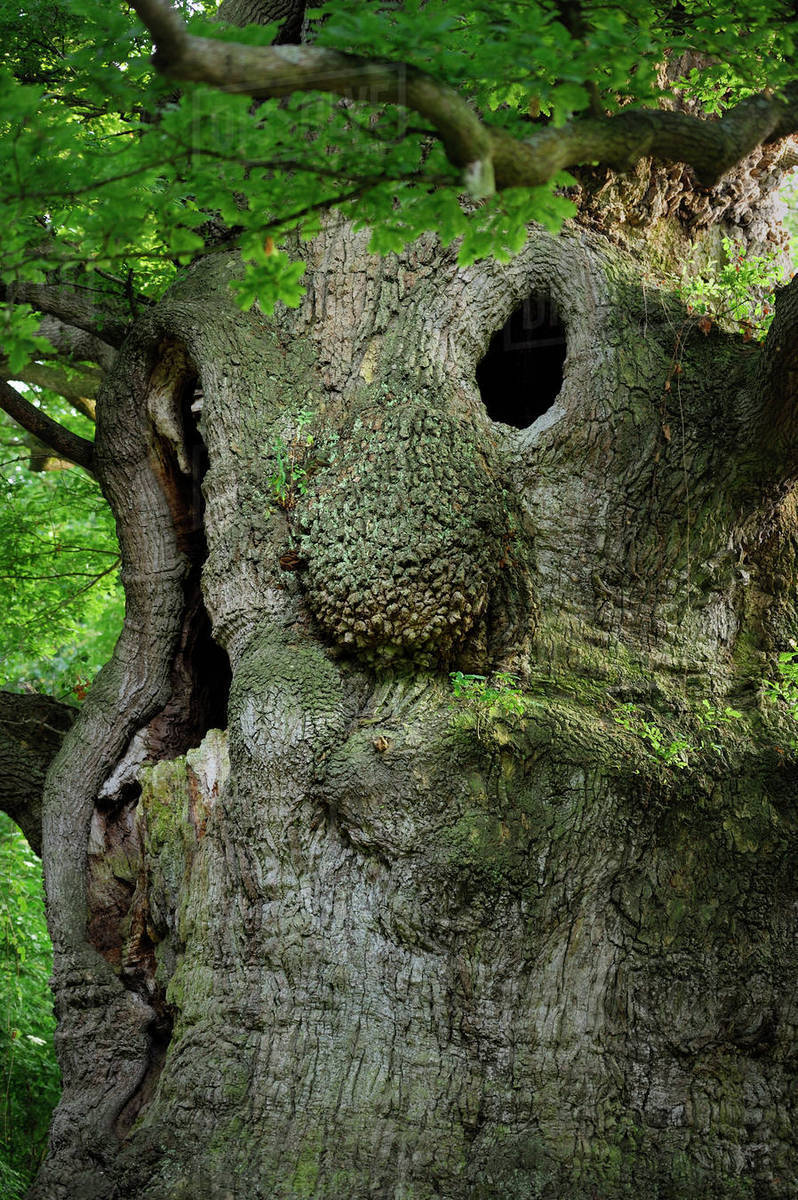
Interesting Facts about Oaks:
- During World War 2, acorns were used to make coffee!
- The headaches you get from drinking too much Australian red wine are caused from the tannins picked up from the wine’s oak barrel (or maybe you just drank too much).
- In the 1800s, a ship of the British Navy required around 4,000 oaks for construction
- The Royal Oak is the third most common pub name in the UK
- Galls – the little growths that can be found on the bark, leaves, acorns and pretty much every other part of the oak, are actually the protective enclosures of insect larvae, usually made by wasps.
- These oak galls have been used to make ink since the time of the Roman Empire. Issac Newton used it to write down his calculations.
- To make this ink, simply take a couple ounces of crushed galls, soaked in water overnight, and strain into an once of ferrous sulphate. Easy!
- A mature oak can absorb 50 gallons of water in a single day.
- One of Britain’s oldest coins – the six pence coin – was inscribed with an oak tree.
- Many businesses in the UK, which have nothing to do with trees, use the oak for their company logo (we discovered this when researching for our logo).
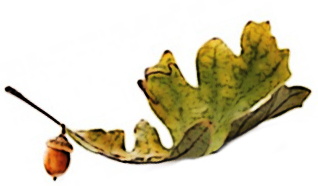
Do you know anything about oak trees you’d like to share with us? Anything we got wrong? Or perhaps you have a personal story about these incredible trees. Please feel free to add your comments below!
